I packed these 13 items to keep warm in Antarctica they were so practical, I'll be using them to get through every winter
Dan Koday

- Antarctica has a harsh, often unpredictable climate that requires heavy-duty cold-weather gear.
- I packed a lot to stay warm in Antarctica. Many items were so useful, I plan to use them at home, too.
I recently traveled to Antarctica, and it made me rethink my entire approach to how I dress for cold weather.

As an avid skier based in New York, I'm used to cold winters. But there's cold, and then there's Antarctica cold.
So when it came time to pack for an expedition-style cruise in Antarctica, I quickly realized my everyday cold-weather gear would hardly be up to the task of keeping me warm and dry. My planned activities included hiking, kayaking, a "polar plunge," and camping.
As I assessed what I needed to buy, I knew I would need to layer appropriately. Now that I'm back, the best items I purchased and packed are ones I know will be useful every winter and ski season, whether or not I'm exploring a frozen continent.
If you're considering a trip to Antarctica — and you should, it's become more accessible to travelers than ever — or simply live somewhere where winter is brutal, here's my packing list that kept me toasty, comfortable, and dry.
An aptly-named "Ninja suit" was a crucial base layer that kept me warm and dry.
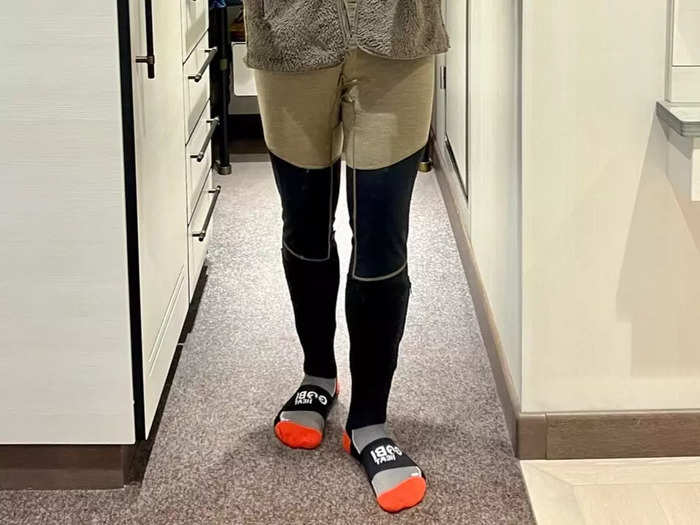
My absolute best find, and something I'd recommend for any kind of travel to extreme cold weather, was the Airblaster Ninja Suit ($269.95).
This one-piece skin-tight base layer was easy to take on and take off — something I appreciated when gearing up multiple times a day — thanks to a two-way zipper, and there was also a waist zipper for when nature called.
It fit close to my skin to wick away sweat and was made of polyamide, which is a durable, abrasion-resistant material, as well as merino wool, spandex, and nylon.
It stretched the best out of all of my base layers, which was important when a landing site required an extended or vertical hike. I could see myself wearing this again for a winter trekking trip or skiing in plunging temperatures.
My merino wool base layers were so comfortable, I used them as pajamas.
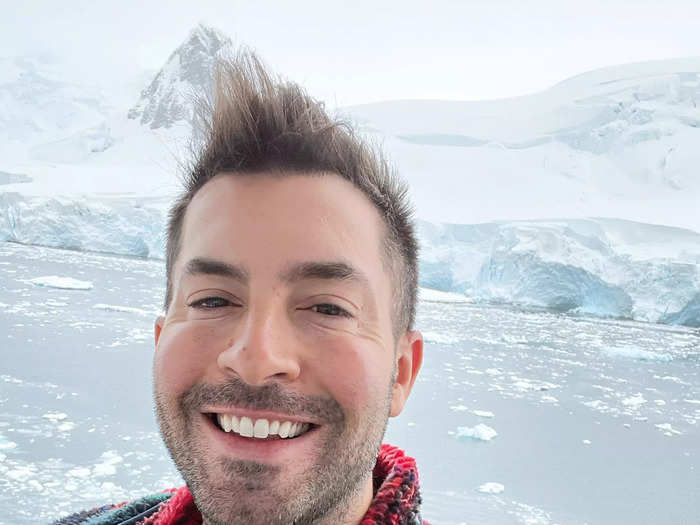
I ordered these midweight 100% merino wool base layers ($49.99) last-minute on Amazon and they were key on warmer days in Antarctica because they were movable and breathable. I even slept in them so I could pack less.
While they come in different weights to keep you warm, I opted for a midweight because of the comfort. They were also moisture-wicking and odor-resistant, which allowed me to wear them multiple times before they needed to be washed.
I learned to never underestimate the importance of good socks, and heated ones were a true indulgence.
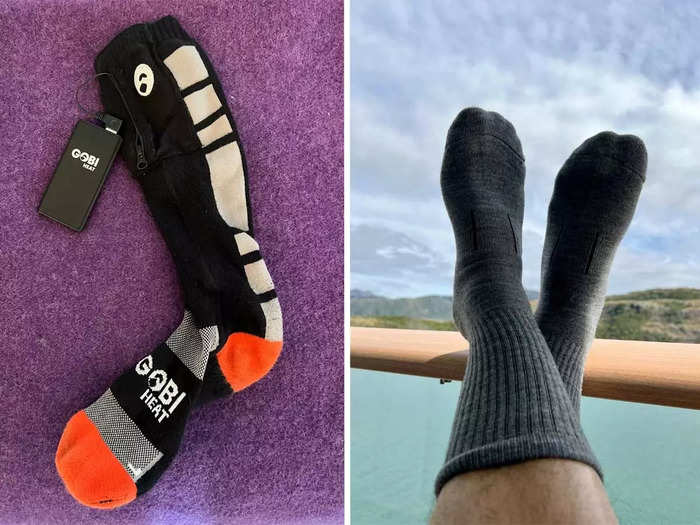
I thanked myself every day for choosing to bring my Gobi Tread Heated Socks ($179), which I've used while skiing in recent years.
They require you to charge a slim battery pack that sits in a pocket at the top of the sock. The battery also allows you to pick between three settings to control the heat, and I usually was able to get about one full day's wear out of a charge on the medium heat setting.
The battery pack connects by a wire internally in the sock to heat the area below your toes.I thought the heat rose nicely to warm the rest of my foot, which was important for long cold days on land.
I also tried Merino.tech Wool Socks ($24.99) based on a recommendation from an expedition leader who traveled to Antarctica over 150 times. I'm glad I did. These were a great alternative for everyday use and while my feet regularly get itchy in socks, I thought these were incredibly soft and durable.
I layered light jackets as insulation to help my body retain heat.
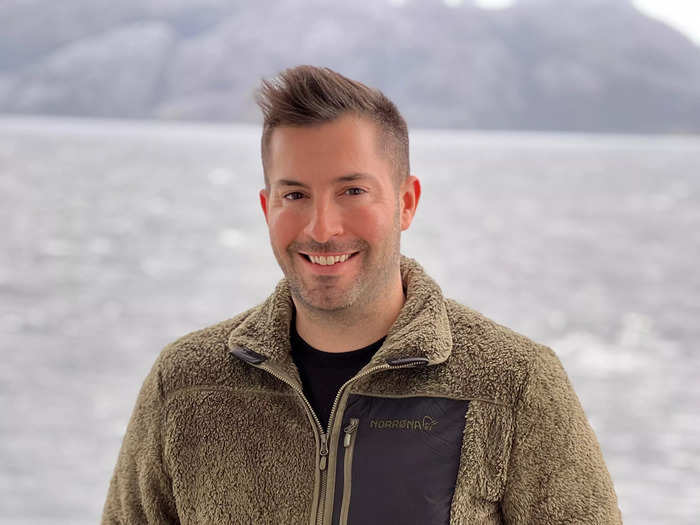
Since I needed to pack a lot of bulky gear and clothing, I wanted layers that could do double duty for keeping me warm on the icy continent and also serve as loungewear on the ship.
The Norrøna Warm3 Jacket ($159) fleece zip-up kept my body temperature consistently regulated and was also one of the softest things I've ever worn. I reached for it almost every day, either on its own or underneath a heavy jacket.
A cozy warm pullover was my go-to for hanging inside but worked well if I needed to step outside, too.

I was lucky to sit and watch wildlife right from my cabin's bed, including orcas and penguins. When I saw one, I would need to grab something to wear quickly to immediately go out on my balcony.
My Vineyard Vines Stillwater Sherpa Fleece($116.99) was a super-soft, warm, and cozy pullover that was my favorite for those times. I could keep my iPhone in the discreet front zip pockets and take photos in no time.
A durable coat protected me from harsh elements like wind and water.
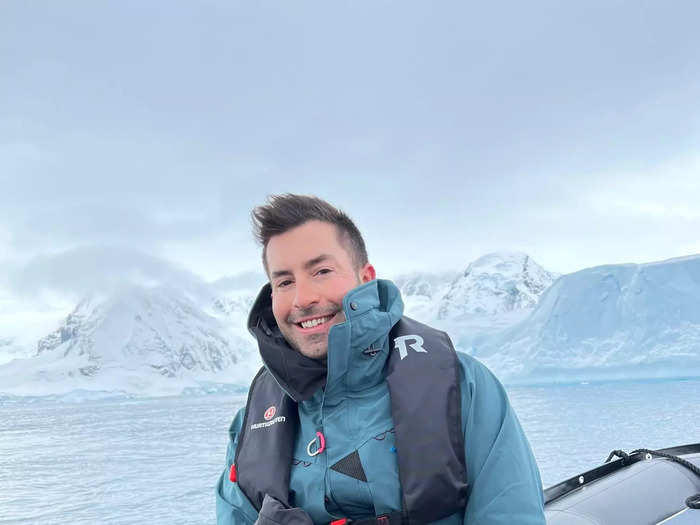
What surprised me the most about Antarctica was how quickly the weather changed. Often, I would start a landing from the ship amid sunny blue skies; then, moments later, hail was pelting my face.
The versatility of the Klättermusen Draupner Jacket ($750) made it a standout because it was breathable enough for the warmer temps so I didn't overheat, but also durable and dry when it got soaked in subzero precipitation.
I also appreciated the adjustable hood, which I often repositioned depending on how the wind was howling. The built-in compass on my sleeve was a nice feature, and I'll likely get some use out of it at home, too, when I'm navigating confusing city streets.
I chose fully insulated waterproof pants with an adjustable waist and lots of pockets.
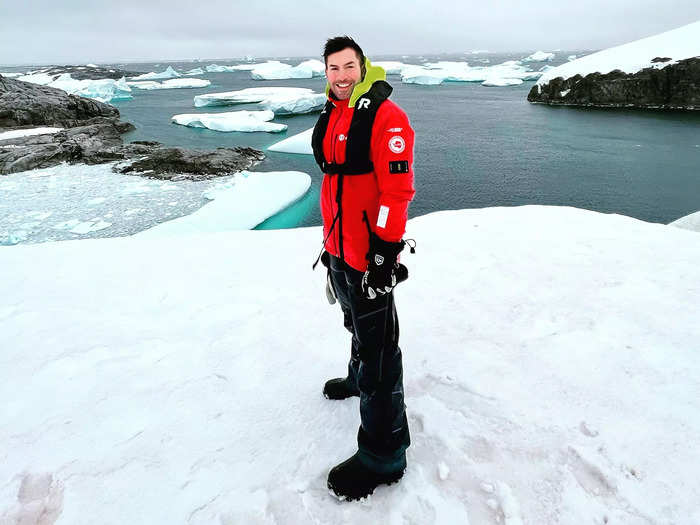
When you "land" on Antarctica from an inflatable tender boat (known informally as a "Zodiac"), there's no dock to greet you. You're almost always required to disembark into a few inches or even a foot of water before touching dry land.
Fully insulated and waterproof, these Norrøna Tamok Gore-Tex Thermo40 Pants ($529) were warm and lightweight. They never felt heavy or bulky and folded down compactly for packing.
I also appreciated all the pockets and the adjustable waist when I overate at dinner the night before.
Heavy-duty gloves were imperative for avoiding frostbitten, windburned hands.
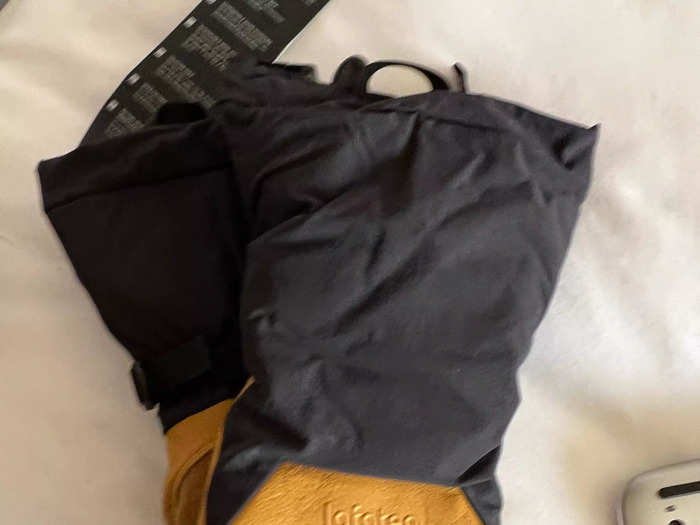
Even on days when it was hailing or raining, or these gloves got soaked by splashes of icy waters, they kept my fingers dry, cozy, and warm.
Made of Gore-tex, a material I gravitate towards for ski gear for maximum warmth, these Norrøna Lofoten Gore-Tex thermo200 Long Gloves ($199) also had elastic wrist straps, so I was able to take them off quickly to easily snap photos while they dangled.
Many cold-weather accessories that were ideal in Antarctica also make sense for everyday use in New York.
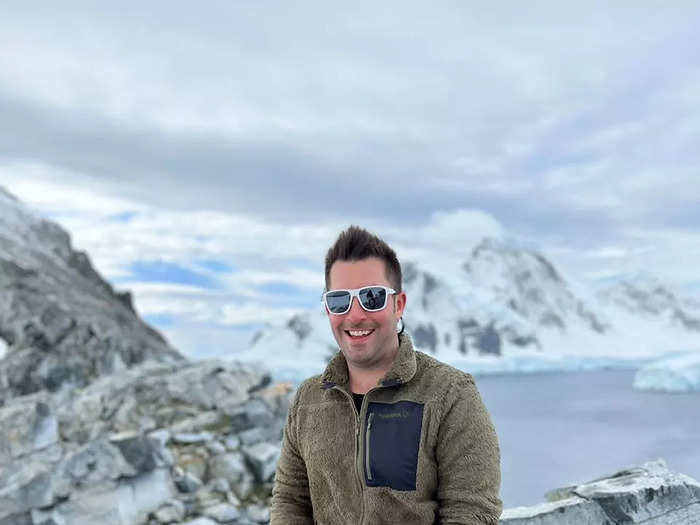
Despite the moody, unpredictable weather, it was essential to wear sunglasses because the sun reflected through the clouds and off the snowfields and glaciers. This made it difficult for my sensitive eyes to see, even through cloud cover.
Lightweight and sturdy, I found these Smith Embark Sunglasses ($219) comfortable to stick in my pocket. They also had ventilated side shields and an optional strap to stay secure around my neck. I would use these at home on a bright winter day, or in place of goggles while skiing.
A protective iPhone case was a must-pack item.
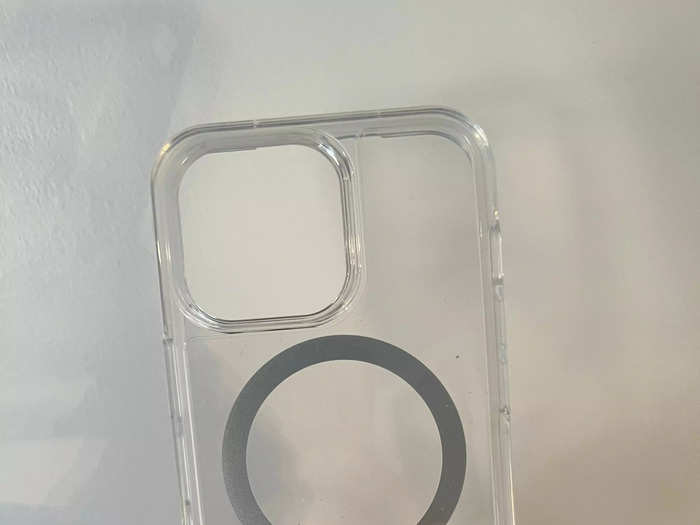
The aforementioned wind in Antarctica can be severe, often so strong that it blew my phone right out of my hand on several occasions.
This Otterbox clear antimicrobial case ($59.95) sealed my brand-new iPhone 13 Pro in tight. Despite a few falls into the snow, it made it through unscathed without even a scratch. Since I'm a bit of a germaphobe and was sailing on an expedition cruise ship, I appreciated that the case was also antimicrobial.
A dry bag will protect expensive camera equipment and electronics.
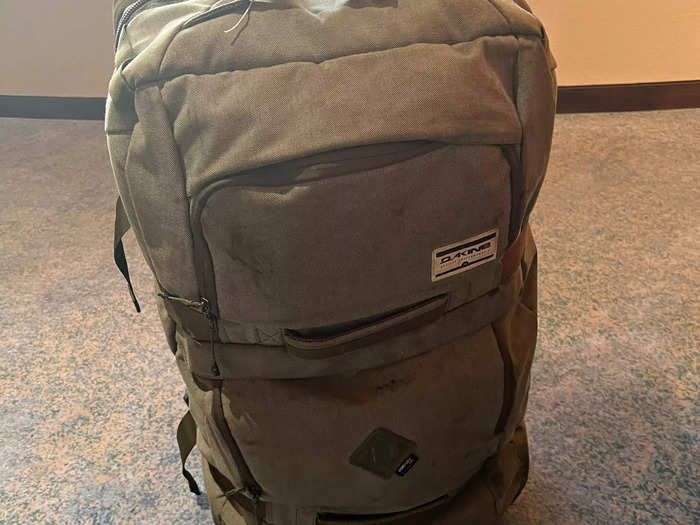
Protecting expensive camera equipment and electronics made a dry bag necessary in Antarctica.
I would suggest at least a 10L size bag (or larger if you have an extra bulky camera), which is the Heeta Dry Bag ($12.99) size I bought. It fit across my body or on my back comfortably and would be great for any winter photography out in the field.
I'm not generally a fan of hats but needed to wear one in a place like Antarctica. This one layered well under my hood.
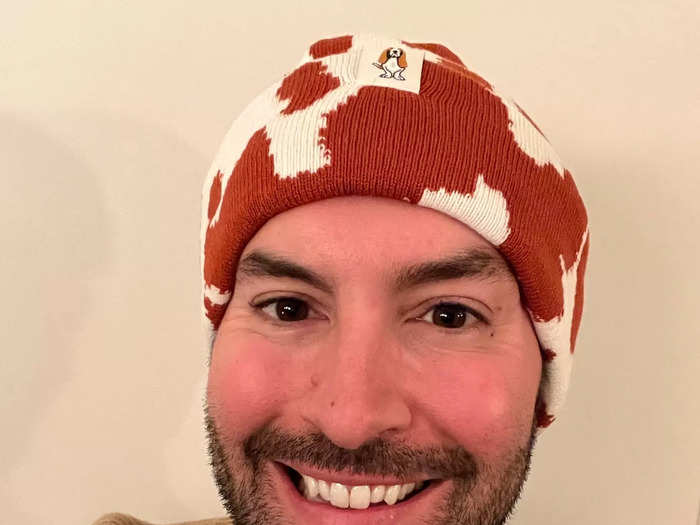
I chose this Hush Puppies Knit Beanie Hat ($14.99) for its fun cow print. It worked well as a more fashionable choice for casual moments around the ship but also layered under the hood of my jacket. I appreciated how snug it fit around my head, keeping my ears warm.
READ MORE ARTICLES ON
Popular Right Now
Popular Keywords
Advertisement